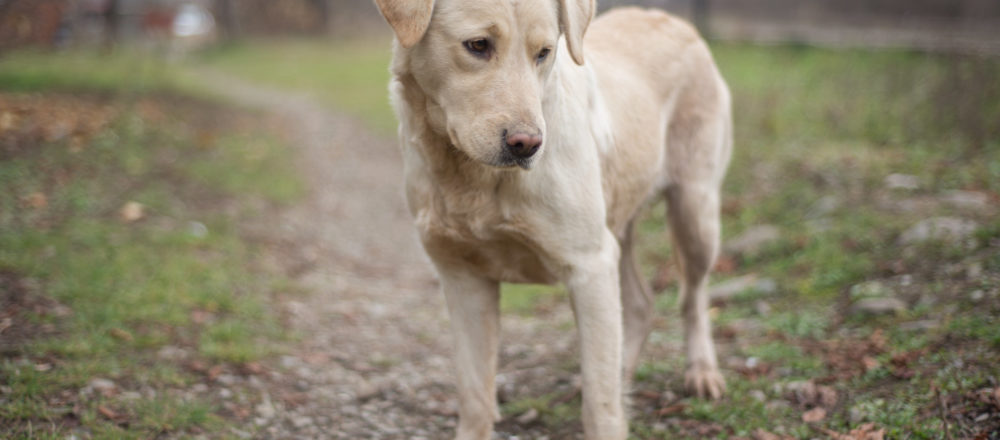In 2017, a crested macaque monkey named Naruto was deemed ineligible to hold copyright over an image they took using a human photographer’s camera. A United States court determined that the monkey, whose action was brought by PETA, could not obtain financial control of the now famous photo, the copyright of which is held by David Slater – the human owner of the camera. The case gave new light to the notion of prescribing legal rights to animals – such as the right to own property. This prescription is, ultimately, the goal of animal rights activists, but how do we conceptualise animal rights? And how do they compare to human rights? To answer these questions an important distinction must be made between the advocacy of animal rights and animal welfare.
Animal Rights Advocates
Animal rights advocates believe that the exploitation or use of animals for the benefit of humans is morally wrong. They argue that paternalistic legal protections of animals are inadequate to properly account for the moral dilemma of using animals as resources or pets. According to this ideology, assigning rights is the only way to afford animals with proper protections. Like human rights, such rights impose a burden on others not to violate those rights and offer a higher level of protection than mere welfare standards.
In most cases, the cost to humans in achieving this standard is not considered. It is generally accepted that prescribing rights would come at a disadvantage to human societies. Effectively, like PETA in the case above, animal rights advocates promote the realisation of personal rights for animals. Under the most extreme of these circumstances, there could be no eating animals, animal products or pets, as these would use or exploit animals.
Animal Welfare Advocates
In contrast, animal welfare advocates believe there is a morally acceptable standard by which humanity can benefit from, or exploit, animals on certain conditions. Those conditions include that:
- any suffering is reduced to the minimum possible or eliminated entirely; and
- there is no other practicable way of obtaining the same benefit or outcome without the animal’s use or exploitation.
The focus here is on the responsibility humans have to animals. An old adage in animal ethics, albeit overly simple, is helpful in distinguishing the two sides of this spectrum:
Animal rights advocates are campaigning for no cages, while animal welfarists are campaigning for bigger cages.
Which Animals Should Have Rights?
Accepting that animals have rights requires certain concessions about animal sentience, their capacity for consciousness and acknowledging they are neither objects nor property but legal entities unto themselves. In doing so, animals would be able to maintain interests and have them respected. They would be protected from many acts that humans are protected from – including being killed, non-consensual medical testing and even claiming copyright over a photograph. This position is a higher standard of protection than the welfarist perspective, who would claim that each of these things can be done to animals, so long as their suffering is duly limited in the process.
Furthermore, few parties argue that these concessions ought to be applied to all animals. This acknowledgement of sentience or consciousness is typically discussed in relation to the more charismatic creatures of a ‘higher order’, so to speak. One proposed standard is that of ‘sentience’. For a creature to be of this standard (and therefore have the capacity to maintain rights) it must be capable of having subjective experiences and pursuits. By this principle, it is meant that they are capable of having ‘interests’, and in the pursuit of those interests, pursue enjoyable or pleasurable experiences and avoid painful ones.
This standard is categorically broad, and animal rights literature often refines rights-capable animals to those who are ‘self aware’. These animals do not simply feel pain or pleasure and act accordingly, but are aware of their own existence, have a preference for being alive and are invested in their own futures. It is a fine and complicated distinction, where greater moral consideration is given to animals whose minimum sentience can be determined by their having a concept of self, life and foresight, rather than a mere urge to avoid painful experiences.
Naturally, there are problems in these classifications, and they are only some of the popular propositions among many ideas of classifying which animals deserve rights. Some of these problems regard how we might accurately determine what an animal thinks. Others regard how we might distinguish between the avoidance of death and a self-aware interest. They can even classify the weight an animal gives a particular interest (whether necessary to their survival or trivial for their enjoyment). While these points are difficult to determine, other considerations that indicate sentience have long been established. Many animals have been found to have senses of humour, complex problem solving skills and long term memory. All of these may be indications that an animal is of an order deserving of individual rights.
The welfarist perspectives struggles less with the classification of what animals are protected. The welfarist perspective currently retains the notion that animals may be sentient individuals per se, but their legal position is as property of individuals or the state. While this position might immediately lead to conclusions about misclassifications (and certainly raises issues regarding the commoditisation of animals generally), a property status can protect animals in its own way. Property is extensively protected at law, with perhaps more protections than humans. The ‘property rights’ that come with ownership allow for animal welfare indirectly and have broad implications for the protection of animals.
Modern Developments in Australia
In 2018, in what would become known as ‘Nala’s Case’, a couple won an action against a dog breeder by utilising consumer protections in the Australian Consumer Law. The couple, Mr and Mrs Bird, had been sold a puppy (Nala) with an infestation of worms, likely obtained due to poor breeding practices. The couple brought an action on the basis of the consumer guarantees stating that, if dogs were considered property, then Nala as a ‘good’ must be of an ‘acceptable quality’ when sold to them. The decision, which led to the Birds being awarded $15,521.96 in damages as well as Nala’s ongoing veterinary costs, remains a strong deterrent for poor breeding practices and promotes the welfare of domestic animal breeding generally. It relied on the basis that if a pet had an undisclosed health condition at the time of sale, it is not of an acceptable quality and therefore the seller or breeder is liable. The property rights enforceable by owners, therefore, can ensure the wellbeing of animals without assigning individual rights. This property stance is the common conception within most countries.
That said, acknowledgement of animal sentience is slowly superseding the historical property standpoint. In 2019, the ACT became the first state or territory in Australia to change the legal status of animals from ‘property’ to ‘sentient beings’, affording cats and dogs (specifically) basic rights. These rights include freedom of movement, preventing cats or dogs being tied up for more than 24 hours, food and water, health care and clean living spaces, among others.
Conclusion
Prescriptions such as these might fall short of total animal rights liberation. The concept of domestic animals is often perceived as being contrary to the animal rights movement, but is also contrary to the animals-as-property position. It appears as a middle line perspective, where animals are prescribed rights conditional on their use or exploitation by humans. In cases such as the ACT, partial rights are prescribed to cats and dogs because of, and adapted to, their status as pets, rather than on their status as ‘sentient’. Laws based on true sentience would assign complete rights, as prescribed on the capacity of the species or individual animal, such as Naruto owning property.
This is the key distinction between animal rights and human rights. Human rights are inherent, from birth they assume a dignity and worth that prescribes rights enforced by societal obligation. Animal rights are prescribed not because of the inherent dignity of an animal, but because of a human-determined status deemed worthy of a level of rights – whether that be sentience, empathy for species we have domesticated or merely indirectly through the property rights of owners. This prescription is especially clear in discussions surrounding human-oriented rights such as copyright over a photograph.
For now, rights are available only to a select number of species, and in their most select form. That said, there is plenty of room for change, and the general consensus that animals are sentient is ever growing. Of course, Naruto might be some time away from ever truly realising complete rights, but, taking a welfarist perspective, David Slater has agreed to donate a portion of the future income earned from the photograph towards protecting crested macaques in Indonesia.Though not decided in Naruto’s favour, cases such as theirs enliven animal rights spectrum discourse and place particular attention on how we treat animals. Certainly, these are steps in the ‘rights’ direction.




